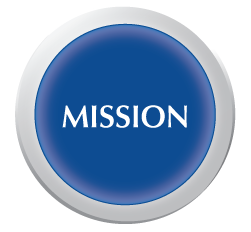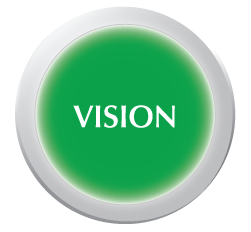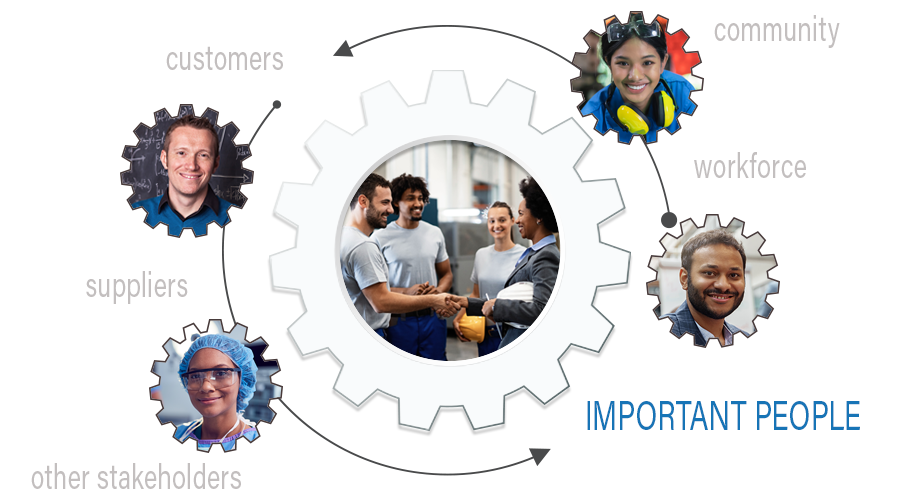Organizational Context
Start with a deeper understanding of your organization.
Defining Your Mission and Vision
What Groups of People Are Important
What Are Your Strengths
What Could Hinder Your Success
Introduction & Organizational Context - Interactive Module
Your Turn - Answer Your Organizations Key Questions
Defining Your Mission and Vision
Decide what your organization wants to accomplish (your mission) and where your senior leaders want to take it in the future (your vision).
What does your organization want to accomplish?

The mission describes what your organization is attempting to accomplish.
It might define customers or markets served, distinctive competencies, or technologies used.
Your mission and vision set the stage for your decisions in all areas.
Your vision and mission should be clear, concise, and compelling enough to guide and engage your workforce in accomplishing them.
What does your
future state
look like?

Your organization’s vision describes its desired future state.


Leadership
Strategy
Customers
Data and Analysis
Workforce
Operations
Results

Determine what groups of people are important for your organization’s success.


These are the key groups of people you should communicate with and
listen to.

Understand the strengths that contribute to your organization’s success and ability to compete. Understand how to build on those strengths.
- Prepare the pipeline for potential employees in your industry by engaging and supporting the education community.
- Consider, for example, brand recognition, reputation for product/service quality and reliability, price leadership, innovation rate, leadership in your industry, recognition for customer service, agility, environmental stewardship, social responsibility, and/or community involvement.

The qualities, actions or conditions that enable your success.

What Could Hinder Your Organization's Success?
Understand the internal weaknesses and external challenges that could hinder your organization’s continuing (or future) success.
Internal Weaknesses
Retirements?
Turnover?
No Succession Planning?
Aging Equipment or Infrastructure?


External Challenges
Acquisitions?
Mergers?
Supply Chain?
Availability of Skilled Workers?

Consider for example, your competitors, costs, changing market conditions such as mergers or acquisitions, new competitors, new or substitute products or services, technological changes, changing consumer preferences, the availability of a multi-skilled workforce, the retirement of an aging workforce, and/or a changing economic and regulatory environment.
Interactive Module

Introduction & Organizational Context
Online self-paced learning for each of the fundamental areas of the Foundations for a Successful Business.
Role-Model Best Practices
Lockheed Martin Missiles and Fire Control
Baldrige Award Recipient
MFC's Performance-Driven Leadership System bases performance evaluations of senior leaders on objectives, goals, and metrics that are aligned with the strategic plan. Performance evaluation is weighted 70 percent on meeting commitments and 30 percent on behaviors related to the company's mission, vision, and values.
Role-model best practice are from award application at time of award.
Learn more role-model best practices from Baldrige Award recipients in all sectors.
Contacts
-
Baldrige Customer Service(301) 975-2036NIST/BPEP
100 Bureau Drive, M/S 1020
Gaithersburg, MD 20899-1020

